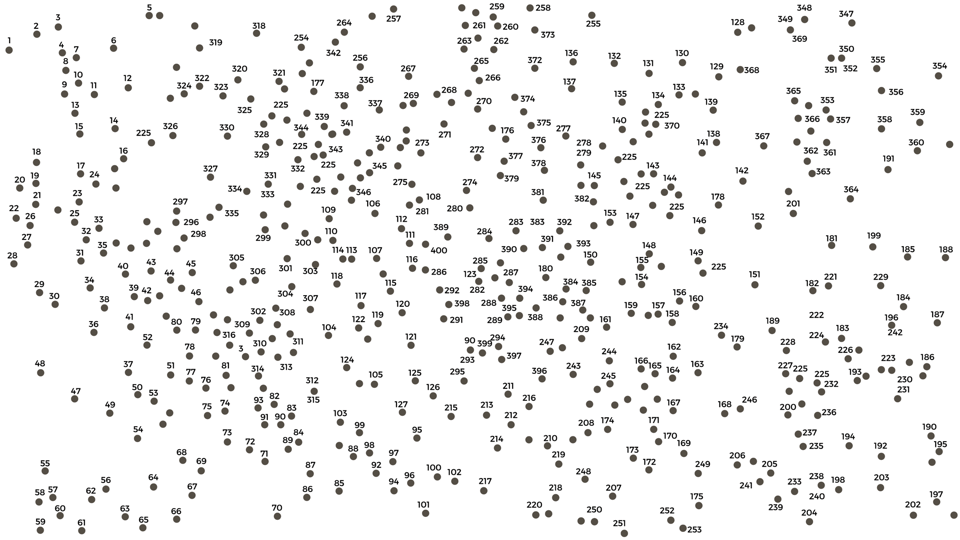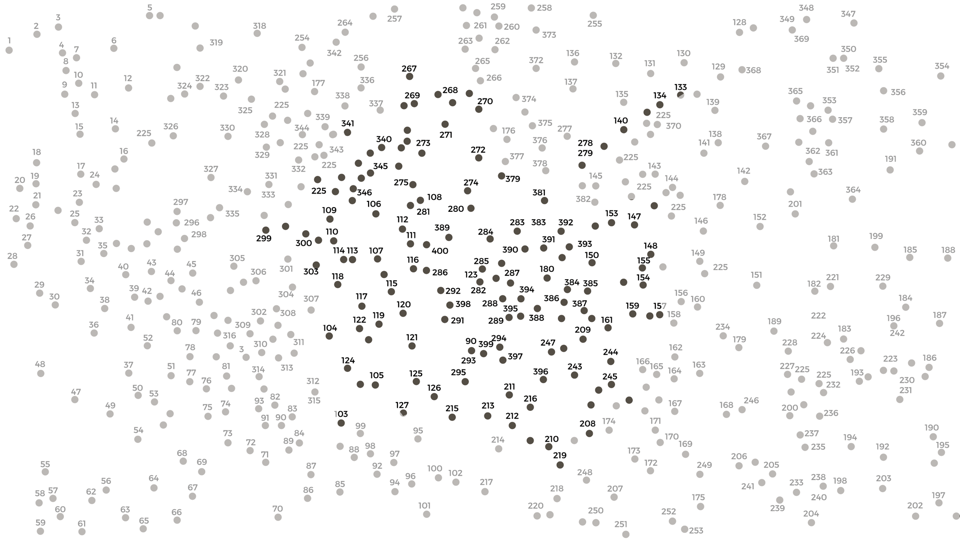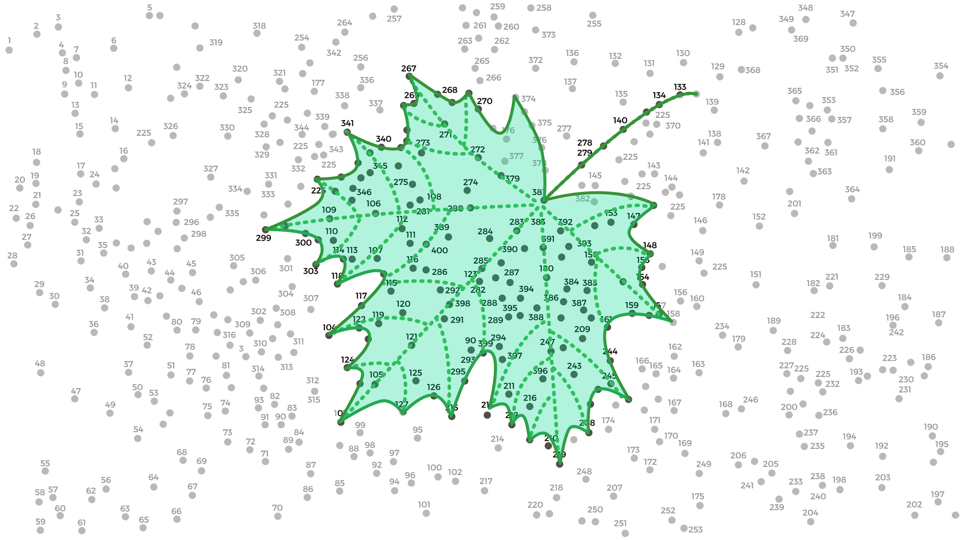Advising in blizzard conditions
Unknown knowns
I am the anti-Rumsfeld.
When he was United States Secretary of Defense, Donald Rumsfeld talked of his preoccupation with unknown unknowns; things you don't know, and you don't know you don't know them. Rumsfeld understood that in the realm of geopolitics, what you don't know you don't know can (and probably will) hurt you.
Known unknowns are easier. These are things you know you don't know, about which you can at least make some educated assumptions or do some scenario planning. But, by definition, you're unprepared for unknown unknowns and that's why they tend to bite you in the arse. I'm paraphrasing Rumsfeld of course.
Reports that say that something hasn't happened are always interesting to me, because, as we know, there are known knowns; things we know we know. We also know there are known unknowns; that is to say we know there are some things we do not know. But there are also unknown unknowns; the ones we don't know we don't know. And if one looks throughout the history of our country and other free countries, it is the latter category that tends to be the difficult ones.
Donald Rumsfeld, US Secretary of Defense, 12th February 2002
To my knowledge Rumsfeld never mentioned unknown knowns. And for me, this is usually where the action is. I do my work in the negative space left by Rumsfeld. I add value by surfacing and structuring things that my clients know, but don't know that they know until I show them. I find and exhume buried treasure.
Blizzard conditions
This is what a typical consulting gig looks like at the outset.

You step into a blizzard of dots. Most of the dots will turn out to be irrelevant. And they're all inappropriately numbered.
All consultants are paid to give an expert outside perspective. And that usually means being paid to make sense of ambiguity. Your job is to see the wood through the trees. Your job is to join the right dots.
Joining the right dots
It's hard to see yourself as others see you. And this is the nub of brand strategy. The way that my clients see their brand is not how their customers see it. What my clients are selling is not exactly what their customers are buying. They disagree on which dots are the important ones.
To a client, all the dots are important. When you're that close to a brand it's hard to prioritise and sacrifice. Consultants are also paid to be ruthless.
Being ruthless requires a nose for relevance. And this is where experience counts. You become increasingly adept at picking up the scent. Sometimes your nose twitches during the client courtship ritual, before the gig is confirmed. After thirty years in the game you have a well-educated sixth sense for what to be interested in. The trick is to avoid fixating on a solution too soon. Hold early impressions and opinions lightly. And keep them to yourself until you're being paid obviously.
Sometimes identifying the fertile territory takes a little longer. But after some time with the client, and definitely after conversations with a couple of the client's best customers, the fog clears and you home in on what matters. There's a constellation of dots that warrants further investigation.
N.B. It's 99% certain that I'll only take on a project if I can talk to my client's best customers. The customers of b2b and service companies are well informed and highly opinionated about where the value lies. It's why Dealing Directly (Access) is one of my values for consultancy work.

Once you're in the right territory, it's about the rigour of your method and the resolution of your insight.
Interviewing a client's customers is qualitative work, but you need to speak to enough people to ensure that what's interesting is also widespread, if not universal. There needs to be a reliable pattern. Solid ground.
That said, it's surprising how diminishing returns can kick in after just a few interviews. The determining factor is the diversity of a client's customers. The interview sample has to be representative in terms of breadth and reliable in terms of depth. I'm not one to pad things out beyond this point. Overkill is inefficient.
It also takes a certain number of interviews to fine tune the discussion guide and stimulus material in response to early findings. This continual adjustment is essential to increase the fidelity and resolution of the raw material that you take from the interviews for analysis.
A client's customers always have the answers, and they're more than happy to share them if you ask good questions, take nothing for granted, and listen well. ("If" is doing a lot of work in that sentence.)

A brand strategy blueprint
Now for the clever bit if there is one: taking these themes and turning them into a blueprint. (A greenprint in this case.)
A blueprint should be easy to read and easy to follow. It should be simple and pragmatic.
A brand strategy blueprint is the truth. The truth, if it's truly true, is credible, compelling, and galvanising. The truth should be easy to tell by any stakeholder to any stakeholder. And it should be a joy for creative people to work with.
When you present a client with a blueprint for their truth well told, it should seem obvious. They should feel like it was staring them in the face all the time. And it was, but only in retrospect. The right dots have been identified and joined up. Unknown knowns are unknown no more.
Brand strategy is an act of realisation.

This newsletter has been brought to you by the letter R: Rumsfeld, Ruthlessness, Relevance, Resolution, and Realisation.
Also Registration.
Lowfalutin® is now a registered trademark of the company through which I provide my services. The concept has prompted approving comments from smart, likeminded people since I started using it to describe my style. So I made it formal.

Add a comment: